Cargando...
Recursos educativos
-
Nivel educativo
-
Competencias
-
Tipología
-
Idioma
-
Tipo de medio
-
Tipo de actividad
-
Destinatarios
-
Tipo de audiencia
-
Creador
Lo más buscado
- Experimentos sexto
- Razonamiento niños
- Experimentos de anatomía primaria
- Juegos matemáticos tercero
- Juegos de dictado de palabras
- Prehistoria en el País Vasco
- Arte prehelénico
- Repaso de sintaxis
- Comarques de Catalunya para bachillerato de modalidad
- Ilustraciones del ciclo del agua
- Actividades productivas
- Guía de consumo responsable
- Puzzle interactivo
- Arte paleocristiano
- Experimentos primero
-
End-of-unit activities - Obtaining and using energy
EduBook Organización
- 3769 visitas
Energy drives the Universe and is part of all the changes which take place on Earth. The Sun is our main source of energy. Without it, there would be no life and most other sources of energy would not…
-
End-of-unit evaluation - The Animal Kingdom (II). Vertebrates
EduBook Organización
- 3772 visitas
There are around 50000 species of vertebrates, classified into five main groups: fish, amphibians, reptiles, birds and mammals. Fish are the most primitive group and they have the highest number of…
-
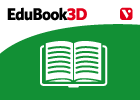
Introduction - The tertiary sector
EduBook Organización
- 3714 visitas
The tertiary sector is the largest economic sector in MEDCs. It includes a wide variety of services, such as healthcare, trade, transport and tourism. Trade (the buying and selling of goods) is an…
-
Remember - Obtaining and using energy
EduBook Organización
- 3699 visitas
Energy drives the Universe and is part of all the changes which take place on Earth. The Sun is our main source of energy. Without it, there would be no life and most other sources of energy would not…
-
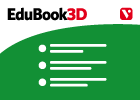
The senses
EduBook Organización
- 3683 visitas
We receive information on what is happening outside our body through our sensory receptors. These receptors are specialised nerve cells that capture stimuli from outside our body. There are different…
-
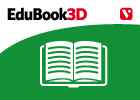
Summaries - Economic activity in Spain
EduBook Organización
- 3684 visitas
1. The primary sector: farming and fishing There are 16.2 million hectares of cultivated farmland in Spain. There are two types of crops that grow in Spain: Non-irrigated crops: cereals, olives and…
-
True / false. Greek and Roman religion
EduBook Organización
- 3676 visitas
Which of the following statements are true or false: The classical religions were polytheistic and worshipped different cults. All the gods that resembled humans were mortal. The Greek gods lived on…
-
Introduction - The Animal Kingdom (II). Vertebrates
EduBook Organización
- 3668 visitas
There are around 50000 species of vertebrates, classified into five main groups: fish, amphibians, reptiles, birds and mammals. Fish are the most primitive group and they have the highest number of…
-
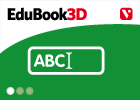
Complete. Livestock farming in Spain
EduBook Organización
- 3631 visitas
Complete this text with the correct words: farms – North – cattle – main – milk – meat – pig – eggs – Sheep – dry There are three types of livestock farming in Spain. farming is the…
-
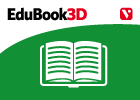
Directions - Landscapes
EduBook Organización
- 3632 visitas
The cardinal points The cardinal points can help you find out where you are. The main points are north (N), south (S), east (E) and west (W). If you know where one of the points is, it is easy to find…
Te estamos redirigiendo a la ficha del libro...













